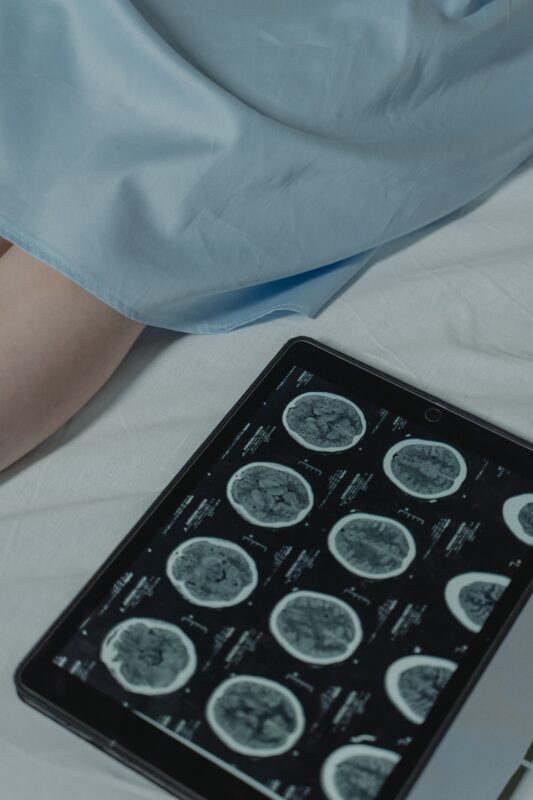Uncategorized
Non-invasive brain stimulation techniques: applications and potential

The human brain, with its intricate network of neurons and synapses, governs every aspect of our cognition, behavior, and emotions. Advancements in neuroscience have led to the development of non-invasive brain stimulation techniques, which offer exciting possibilities for understanding brain function and treating various neurological and psychiatric conditions. Unlike invasive methods, non-invasive brain stimulation techniques do not require surgery and offer a safe and relatively painless way to modulate brain activity. In this article, we explore the applications and potential of non-invasive brain stimulation techniques, shedding light on their role in research, therapeutic interventions, and cognitive enhancement.
Understanding non-invasive brain stimulation techniques,
Non-invasive brain stimulation techniques target specific regions of the brain using external devices, such as electromagnetic fields or electrical currents, without requiring surgery or penetrating the skull. The two most widely used non-invasive brain stimulation techniques are Transcranial Magnetic Stimulation (TMS) and Transcranial Direct Current Stimulation (tDCS).
- Transcranial magnetic stimulation (TMS): TMS involves the use of a magnetic coil placed on the scalp to generate brief, focused magnetic pulses that penetrate the skull and induce electrical currents in the underlying brain tissue. Depending on the frequency of stimulation, TMS can either enhance or inhibit neuronal activity in the targeted brain regions.
- Transcranial direct current stimulation (tDCS): tDCS uses a weak, direct electrical current applied through electrodes on the scalp to modulate brain activity. Unlike TMS, tDCS does not induce neural firing directly but instead alters the excitability of neurons, making them more or less likely to fire.
Applications of non-invasive brain stimulation techniques,
- Research in neuroscience: Non-invasive brain stimulation techniques have become invaluable tools in neuroscience research. They allow researchers to investigate the causal relationship between specific brain regions and various cognitive functions, emotion regulation, and motor control. By temporarily modulating brain activity, researchers can explore how different brain regions contribute to specific behaviors and cognitive processes.
- Treatment of neurological and psychiatric disorders: Non-invasive brain stimulation techniques hold promise as potential therapeutic interventions for various neurological and psychiatric disorders. They have shown encouraging results in treating conditions such as depression, anxiety disorders, chronic pain, and certain movement disorders like Parkinson’s disease.
- Stroke rehabilitation: Non-invasive brain stimulation has been explored as an adjunctive therapy in stroke rehabilitation. By stimulating specific brain regions, researchers aim to enhance neural plasticity and improve motor function in patients recovering from stroke.
- Cognitive enhancement: There is growing interest in using non-invasive brain stimulation to enhance cognitive abilities in healthy individuals. Research suggests that certain brain regions, when stimulated, can improve memory, attention, and learning capabilities. However, ethical considerations and potential risks must be carefully weighed in these applications.
The potential and challenges,
Non-invasive brain stimulation techniques offer exciting potential in various fields, but several challenges need to be addressed:
- Individual variability: The response to non-invasive brain stimulation can vary widely among individuals, making it challenging to predict the outcomes with precision.
- Limited understanding: While these techniques have shown promise in treating certain conditions, our understanding of their mechanisms of action is still evolving.
- Ethical considerations: Using non-invasive brain stimulation for cognitive enhancement raises ethical concerns regarding fairness, safety, and potential unintended consequences.
- Long-term effects: The long-term effects of non-invasive brain stimulation are still not fully understood, and safety guidelines must be established to minimize potential risks.
Non-invasive brain stimulation techniques have revolutionized our understanding of the brain and offer exciting possibilities for research, therapy, and cognitive enhancement. From investigating brain function to treating neurological and psychiatric disorders, these techniques have shown promising results. However, caution is warranted in their application, and ongoing research is essential to refine their efficacy and safety. As technology advances and our understanding of the brain deepens, non-invasive brain stimulation techniques are likely to play an increasingly significant role in advancing neuroscience and improving human health and cognition.


